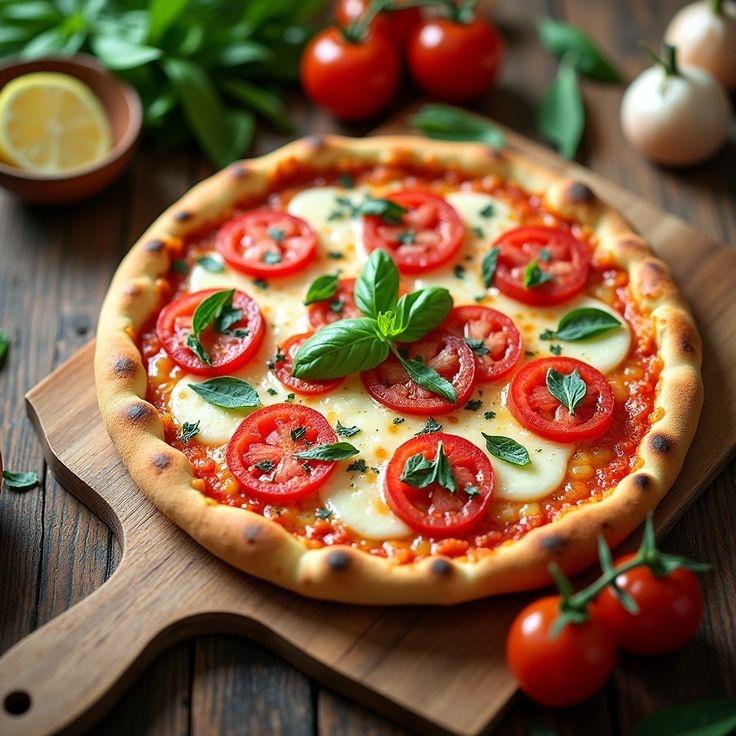At FernHavenPark, we're passionate about the art of pizza making and understand that extraordinary pizza begins with extraordinary dough. With over 30 years of refinement, we're thrilled to divulge key insights into our process. Although we're keeping our specific recipe under wraps, these fundamental guidelines will assist you in crafting pizzeria-quality pizza dough in your own kitchen.
The Flour Matters
The cornerstone of a remarkable pizza dough is premium flour. We suggest utilising 00 flour, an ultra-fine Italian flour with a moderate protein concentration (around 12%). This ensures an ideal mixture of elasticity and softness. Should 00 flour be unavailable, bread flour makes a decent alternative, though the end result may have a minor textural variation.
Water Temperature and Hydration
Your water's temperature can have a significant impact on the dough's fermentation time and development. For a slower fermentation that enhances flavor, opt for cold water at approximately 45°F (7°C). A quicker fermentation can be achieved with warm water at around 85°F (29°C). Aim for a hydration percentage between 60-70% to suit most residential ovens.
Minimal Yeast, Maximum Time
For a dough that's rich in taste, employ a reduced amount of yeast and allow it to ferment for an extended period. A mere 0.2% fresh yeast, based on the weight of your flour, is optimal for fermentation periods of 24-48 hours. This gradual fermentation contributes to the dough's intricate flavors and more digestible texture.
Salt: Not Just for Flavor
Salt serves a dual purpose in your dough: beyond seasoning, it fortifies the gluten network and modulates fermentation. We advocate for a fine sea salt quantity of 2.5-3% of your flour's weight. Mix it in once your flour and water have begun to amalgamate to stop the salt from directly interacting with the yeast.
The Art of Fermentation
Post mixing, let your dough undergo a bulk fermentation at room temperature for a span of 2 hours, and then separate it into individual pieces for balls. Store these in closed container fridges for an interval of 24-72 hours. Within this chilled fermentation phase is when you'll discover the true transformation as enzymes convert carbohydrates into sugars, enriching the flavor and achieving the golden hue typical of our crust.
Handling with Care
When you're ready to bake, extract your dough from the cooler 1-2 hours beforehand to allow it to attain room temperature. When shaping the pizza, be gentle with the dough to maintain the internal air pockets. Apply fingertips to spread and shape the dough over rolling which could flatten those vital bubbles.
The Final Touch: Heat
Although our restaurant's wood-fired ovens approach temperatures of 850°F (454°C), you might find domestic ovens peaking at roughly 550°F (288°C). To make up for this, place a pizza stone or steel in your oven, heated for at least one hour, to furnish the robust base heat essential for a crisp crust and fluffy middle.
Mastering pizza dough is an evolutionary process. Each preparation session is an opportunity to learn more about the craft. Take notes, tweak factors, and figure out what achieves the best outcome in the comfort of your personal cooking space.
For an in-person demonstration of our dough-making technique, come to one of our monthly pizza workshops where Chef Luca will show these methods in detail. Check out our events schedule for the next available workshop!

